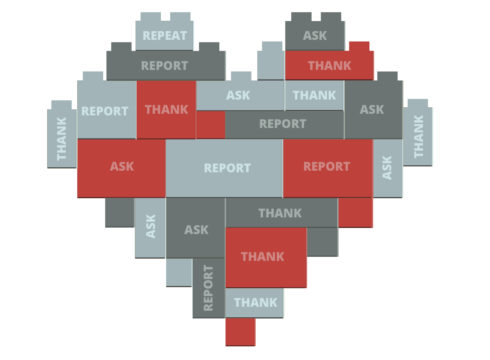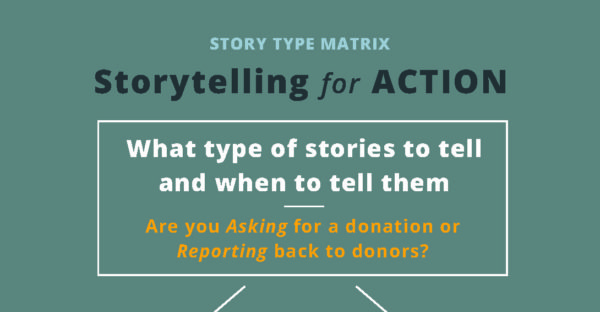You already know that fundraising is so much more than writing your next appeal, or prepping for your next event, or talking to your Board.
But let me put words to how much more you do.
I think fundraising is creating a sacred connection between people who have resources and people who need help.
And that sacred connection is made by you and your fellow fundraisers. Which is amazing because less than 1 in 10 fundraisers actually likes asking for money. (That stat is based on my impromptu polls at conferences.)
I mention this today because it’s the busiest time of year. “Fundraising” seems like a series of tasks. Each day feels like a long list of things to do but not enough time to do all of them.
The difference between a fundraiser and a Fundraiser
I wish there was a difference in our field between “fundraiser” and “Fundraiser.” I think a person should only get the capital “F” if they know that fundraising isn’t ultimately about the money.
With training, it’s not that hard to be an effective fundraiser. Right? You can learn to be donor-centric. You can learn segmentation, and how you should spend more time (and money) on your Major donors than your Mass donors. You can learn to speak and write effectively. You can learn the difference between marketing and fundraising.
None of this is rocket science. There’s a set of accumulated wisdom our sector has created over the past 60 years, and it’s available to anyone with the drive to learn it.
But a person who knows all that AND knows — in their bones — that it’s not about the money? That’s a Fundraiser. That’s a person who is aware of, and loving, creating connections between donors and beneficiaries.
Notice I didn’t say ‘between donors and organizations.’ But that’s a post for another day.
But again, why take the time to write about and then send this to you today?
Because this is a call, to you, to be a Fundraiser
To know, in the midst of the year-end crazy, that you’re creating sacred connections. To know that your job is SO MUCH MORE than sending emails and pulling mailing lists. To feel — in your bones — the joy your donors have when they make a gift through your organization.
Do you feel that joy? Will you choose to feel it for the next few weeks? For every donor who gives a gift between now and midnight on the 31st? That’s a lot of joy!
Because if you do that, you’re going to LOVE the next few weeks. You’re going to write differently. You’re going to talk to donors differently.
And you’re going to raise a lot more money!
So please, when it gets hectic next week (or later today), remember the joy your work gives to donors. Remember the joy your beneficiaries get when they receive help. You’re doing that. That’s you. You’re a Fundraiser.








